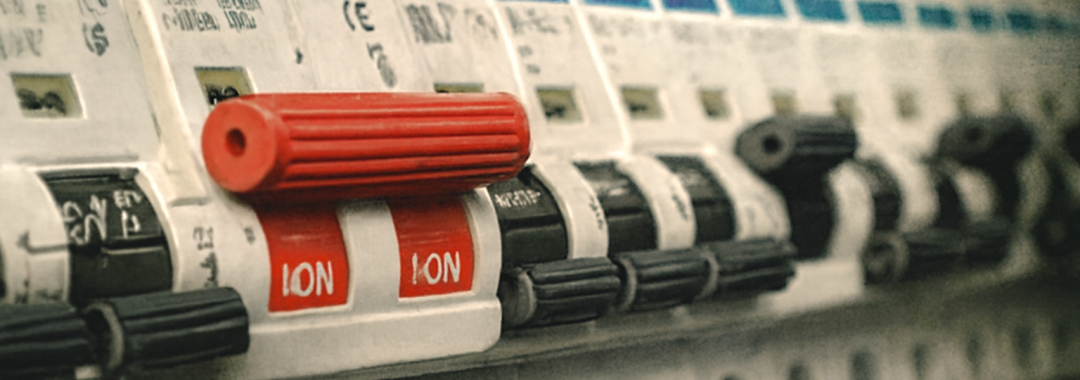When the lights suddenly go out mid-shower or while using an appliance, chances are your safety switch has tripped. This little device plays a big role in keeping you safe, but many homeowners still wonder: should it be ON or OFF?
The short answer:
✓ Always ON during normal use.
✓ Turn OFF only for testing, maintenance, or emergencies.
Let’s break it down in detail.
What Is a Safety Switch?
A safety switch is a protective device that constantly monitors the flow of electricity.
✓ If it detects a fault (like current leaking through a person or damaged wiring), it shuts off power within milliseconds.
✓ This prevents electric shocks, electrical fires, and damage to appliances.
Think of it as a lifeguard for your home’s electrical system—always watching and ready to jump in.
How Does a Safety Switch Work?
✓ It tracks the current flowing in and out of a circuit.
✓ If electricity escapes through an unsafe path, the switch instantly cuts power.
✓ This reaction happens faster than a blink, preventing serious harm.
Without a safety switch, faults may go unnoticed until they cause major damage or injury.
Should It Be ON or OFF?
Here’s the golden rule:
✓ ON = Protection is Active
✓ OFF = Protection Disabled
✅ Keep It ON When:
✓ Using electricity in your home or business.
✓ Running daily appliances like fridges, ovens, or washing machines.
✓ Ensuring 24/7 safety against faults and shocks.
⚡ Turn It OFF Only When:
✓ A licensed electrician is doing maintenance.
✓ You’re testing the safety switch (using the “T” button).
✓ Troubleshooting a tripped circuit.
✓ There’s a visible hazard, such as sparks, smoke, or damaged wiring.
What To Do If Your Safety Switch Trips
A tripped safety switch means it detected danger. Common causes include:
✓ Faulty appliances.
✓ Water near sockets.
✓ Damaged cords.
✓ Overloaded circuits.
Steps to take:
- Unplug everything on that circuit.
- Reset the switch by flicking it back to ON.
- If it trips again, call an electrician—there’s likely a deeper issue.
Testing and Maintaining Your Safety Switch
Just like a smoke alarm, safety switches need regular checks.
🔄 How To Test
✓ Press the “T” button quarterly.
✓ The switch should instantly flick OFF.
✓ Reset it to ON afterwards.
✓ If it doesn’t trip or reset, call a professional immediately.
🛠 Maintenance Tips
✓ Keep the switchboard clean and dry.
✓ Ensure labels are readable.
✓ Replace switches older than 10 years.
✓ Never block access—it should be easy to reach in an emergency.
Legal Requirements in Australia
In NSW and across most of Australia:
✓ Safety switches are mandatory in all new homes and major renovations.
✓ They must be installed on power and lighting circuits.
✓ Landlords, property sellers, and businesses must comply with regulations.
Non-compliance can result in fines, but more importantly, it puts lives at risk.
Key Takeaways
✓ A safety switch should always be ON for day-to-day protection.
✓ Only turn it OFF during testing, maintenance, or emergencies.
✓ Regular testing and maintenance are essential to ensure reliability.
✓ If your switch keeps tripping, call a licensed electrician.

